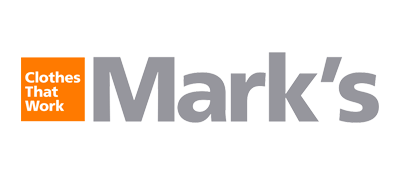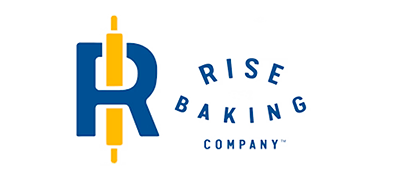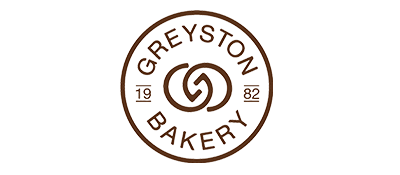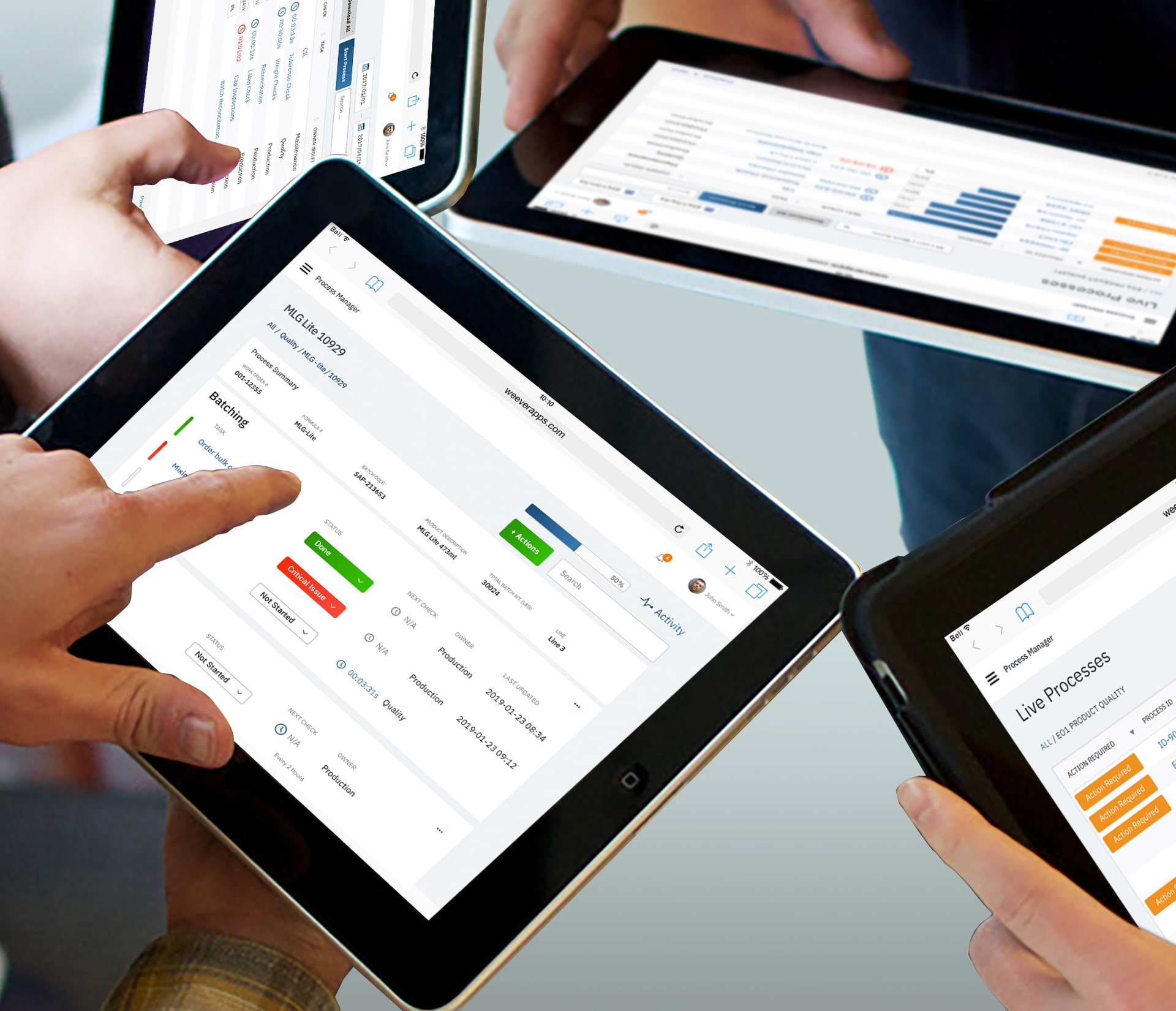Why ERP systems don’t excel at Batch Records Management

ERPs were originally designed to control corporate finances, which is intrinsically linked to the flow of resources through an organization. The organization pays for raw materials, which are delivered and inventoried. A purchase order initiates a manufacturing process and the raw materials are turned into finished goods and shipped to the customer. Resources used in this process include:
- Money
- Raw Materials
- Labor
- Inventory
- Shipping and Receiving
Simply put, ERP systems are designed to track the “what?” of a manufacturing process, but not the “how?”.
The fact that an organization “produced 20,000 units of product x by combining specific quantities of x, y and z materials and it cost $40,000 and was completed on June 10th at 3:45pm” does not tell me anything about how the execution of the production process went.
- Were there any issues?
- What were the issues?
- How were they resolved?
These are “softer” questions that drive continuous improvement measures and are required for FDA regulatory compliance.
To solve this, organizations that are reliant on their ERP simply add additional fields to their database and then train their operators to input the data into those fields. Or they purchase an add-on product that defines the workflow better. Either way, the solution requires extensive training to implement and extensive on-boarding for staff to operate.
Our customers that use ERP systems for resource planning complain about lack of accessibility for staff - meaning, in some cases, their part-time staff cannot access the system until they are provided a login from head office, which can take days. This can also mean that the staff don’t have the adequate skills and training required to navigate the system.
To address this point, Jason Fried from Basecamp makes some good points:
“The people who buy enterprise software aren’t the people who use enterprise software. That’s where the disconnect begins. And it pulls and pulls and pulls until the user experience is split from the buying experience so severely that the software vendors are building for the buyers, not the users.”
https://signalvnoise.com/posts/669-why-enterprise-software-sucks
Fried goes on to discuss “Fortune 5,000,000” - the group of small companies that they target that use the products they buy.
This is not to say that all ERPs are poorly designed (although some are). They are simply designed mostly to tackle a different need. As a result there are some basic functionality gaps in the user experience of ERPs, especially on a manufacturing line, that hinder the user’s ability to be productive.
Software should flow with the user, not be another task that is added to their job description. Especially in the manufacturing environment where every second counts towards OEE and the bottom line, and every incremental process improvement can have a huge impact over time.
Software used to collect data at the line needs to be highly efficient and intuitive so that new users just “get it”, they can collect the data and move on quickly.
Weever Process solves these issues by offering a superior user experience to operators, while ensuring FDA part 11 regulatory compliance for audit trails, approvals, security, etc.
- Administrators simply create Process Templates that are initiated by operators when the batch is compounded.
- The application alerts users when their task is due, including repeated tasks.
- Staff take photos of products and labels and input readings.
- Automated calculations save time and double-blind tests ensure accuracy.
- Any issues create an automated alert. Staff collaborate and communicate directly within the app to solve the issue.
The app does all of this for pennies-on-the-dollar compared to an ERP installation.







Marks

Diageo

Niagara Bottling

Walmart

PepsiCo logo

McDonald's

Unilever

Monin

Hello Fresh

Rise Baking

Rockwool

Canadian Tire

SportChek

Greyston Bakery

Bell

Husqvarna

Home Hardware
